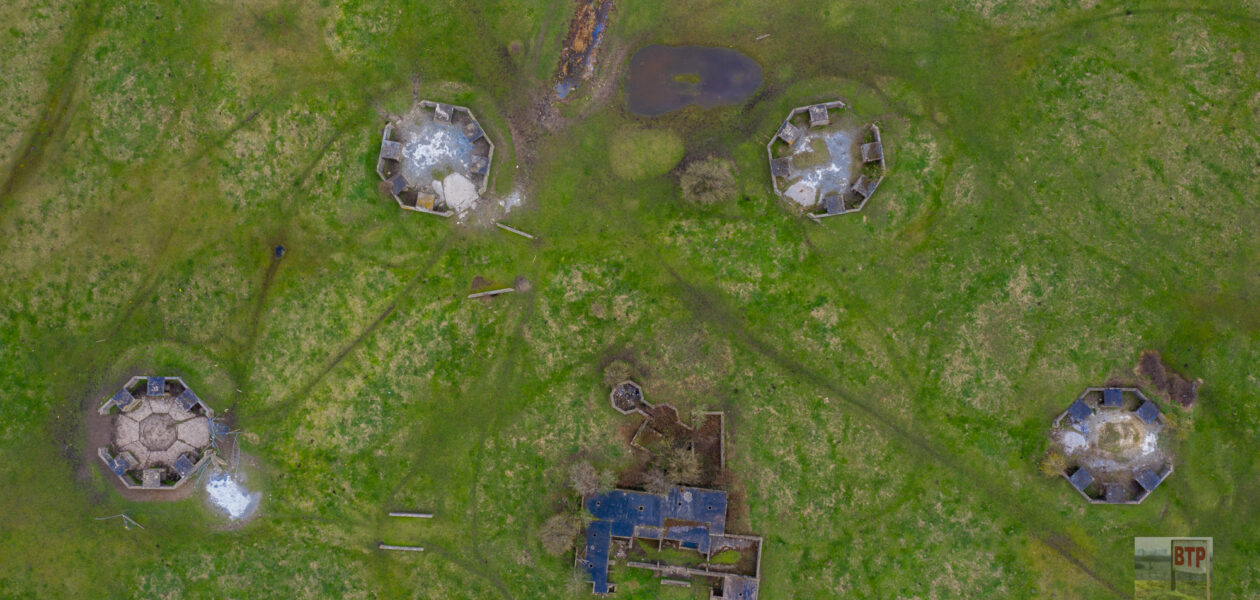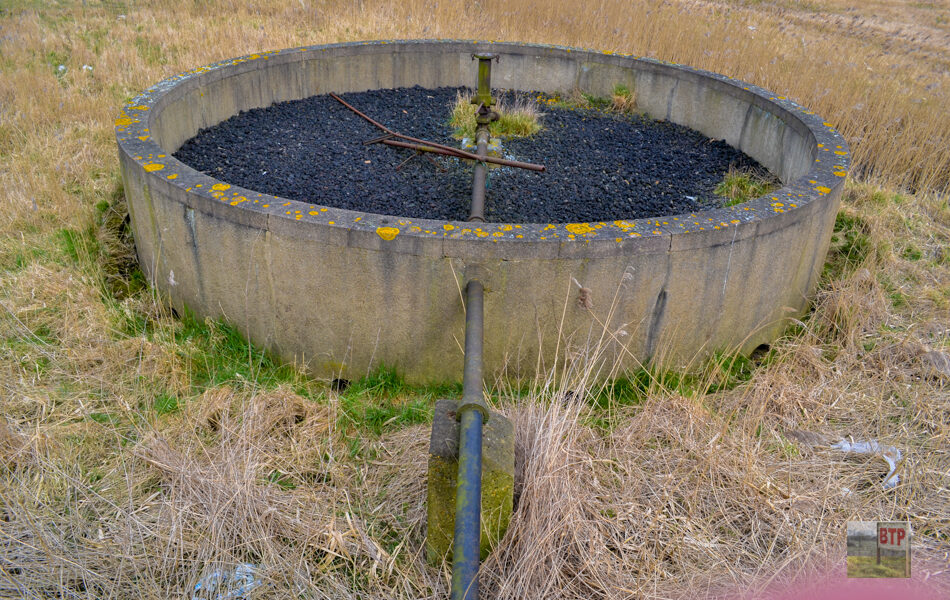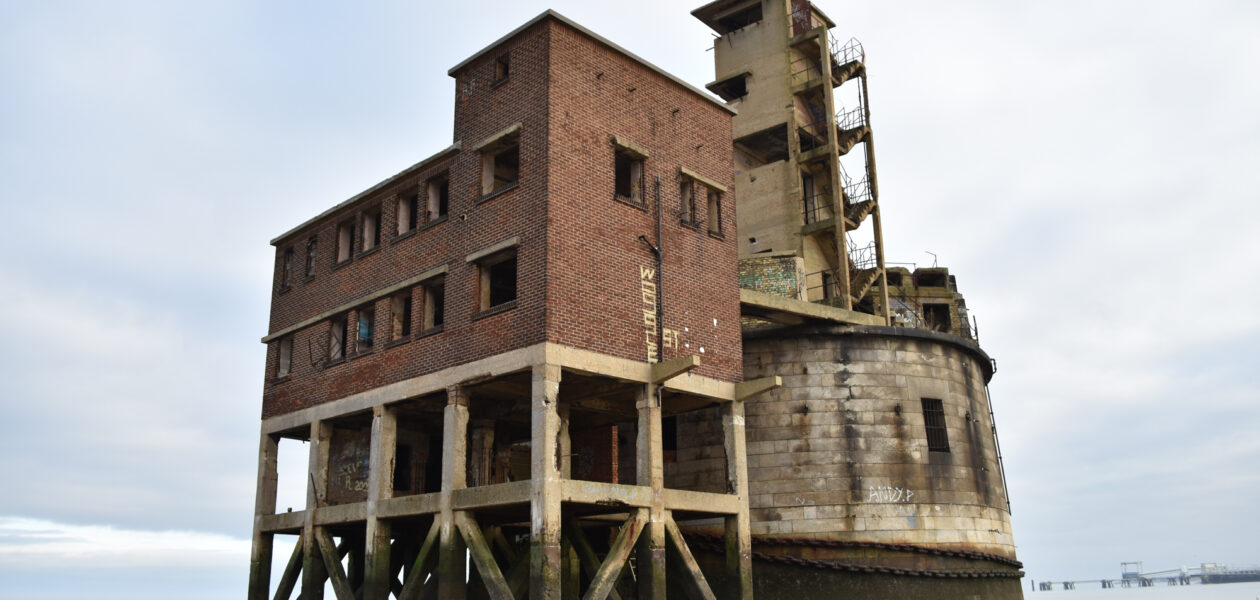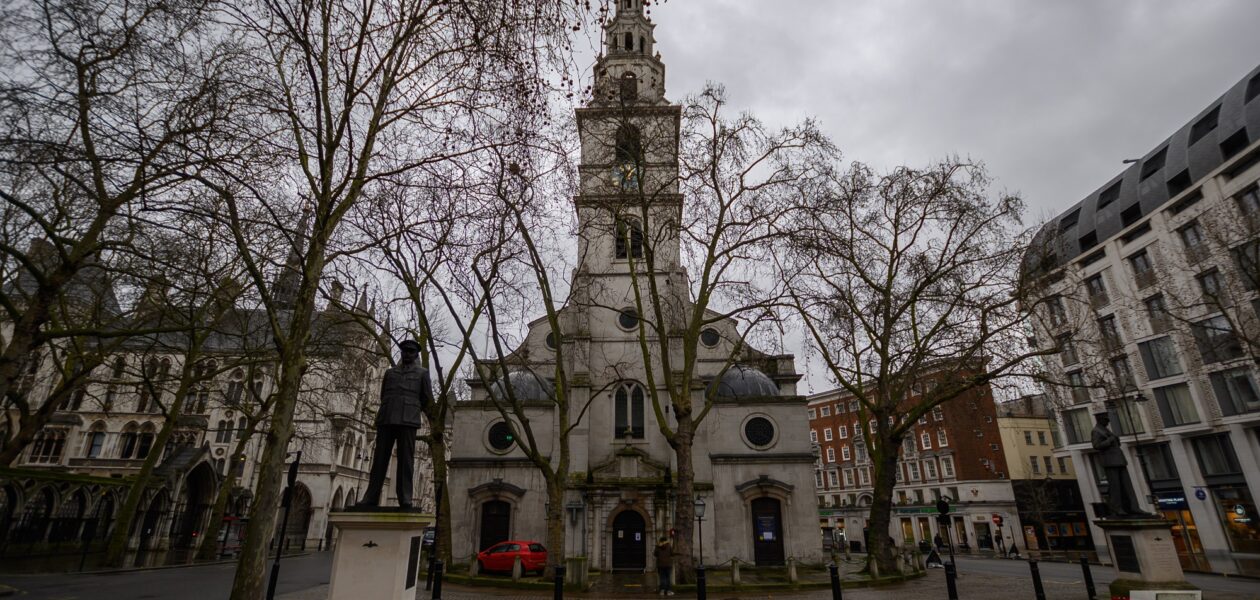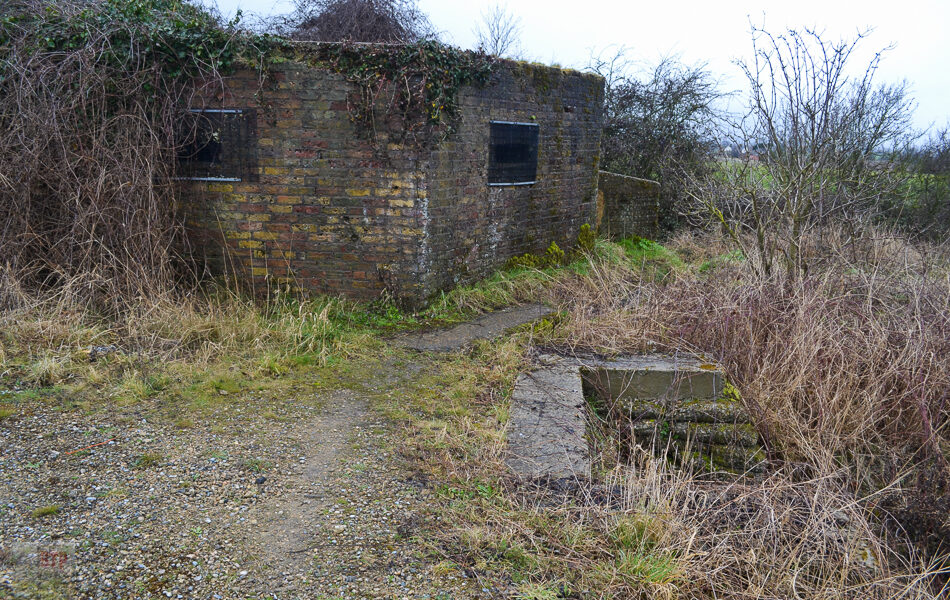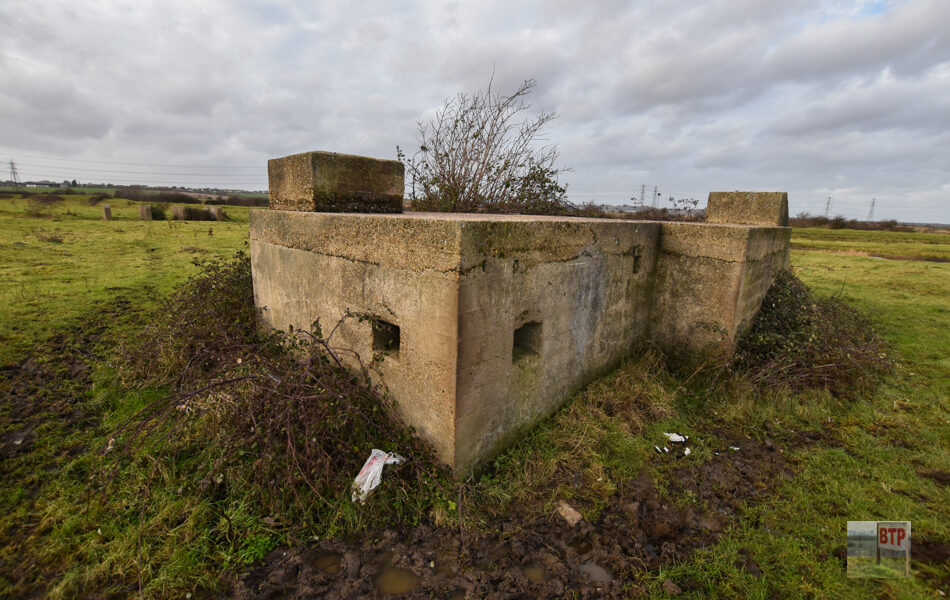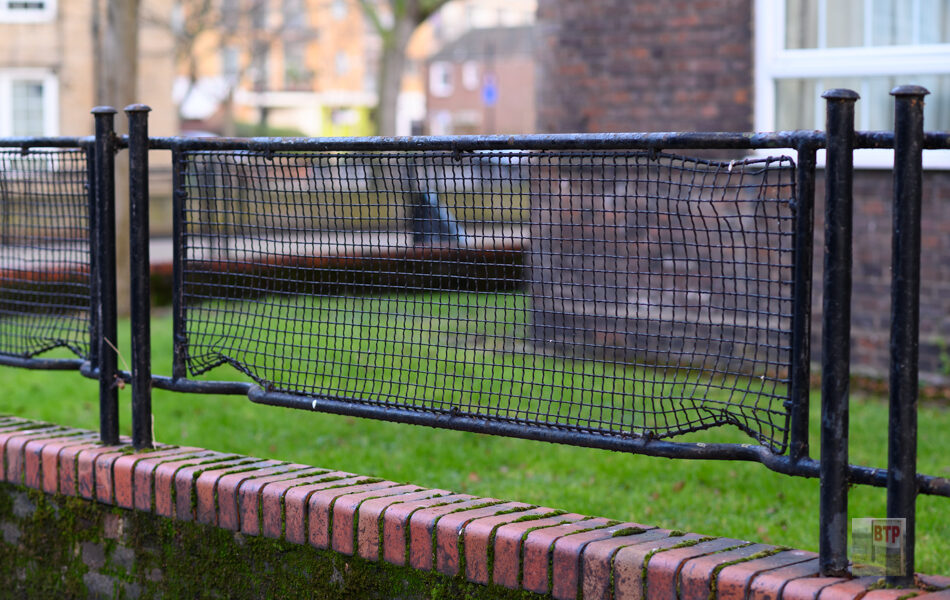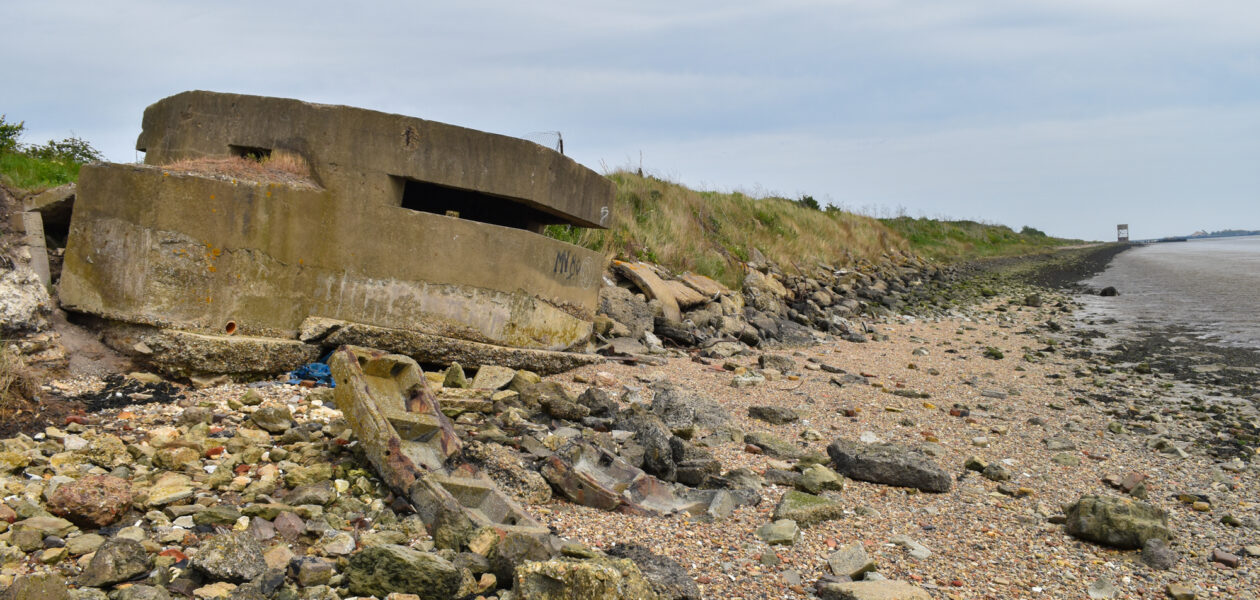Canvey V-2 Bomb Crater
When the land was first bought by the RSPB in 2006, one of their first jobs was to sweep the land to see if any unexploded World War Two bombs lie undisturbed beneath the surface. Around £50,000 was spent on an ex-military team who were drafted in to use specialist technology to scan the earth….
View More

